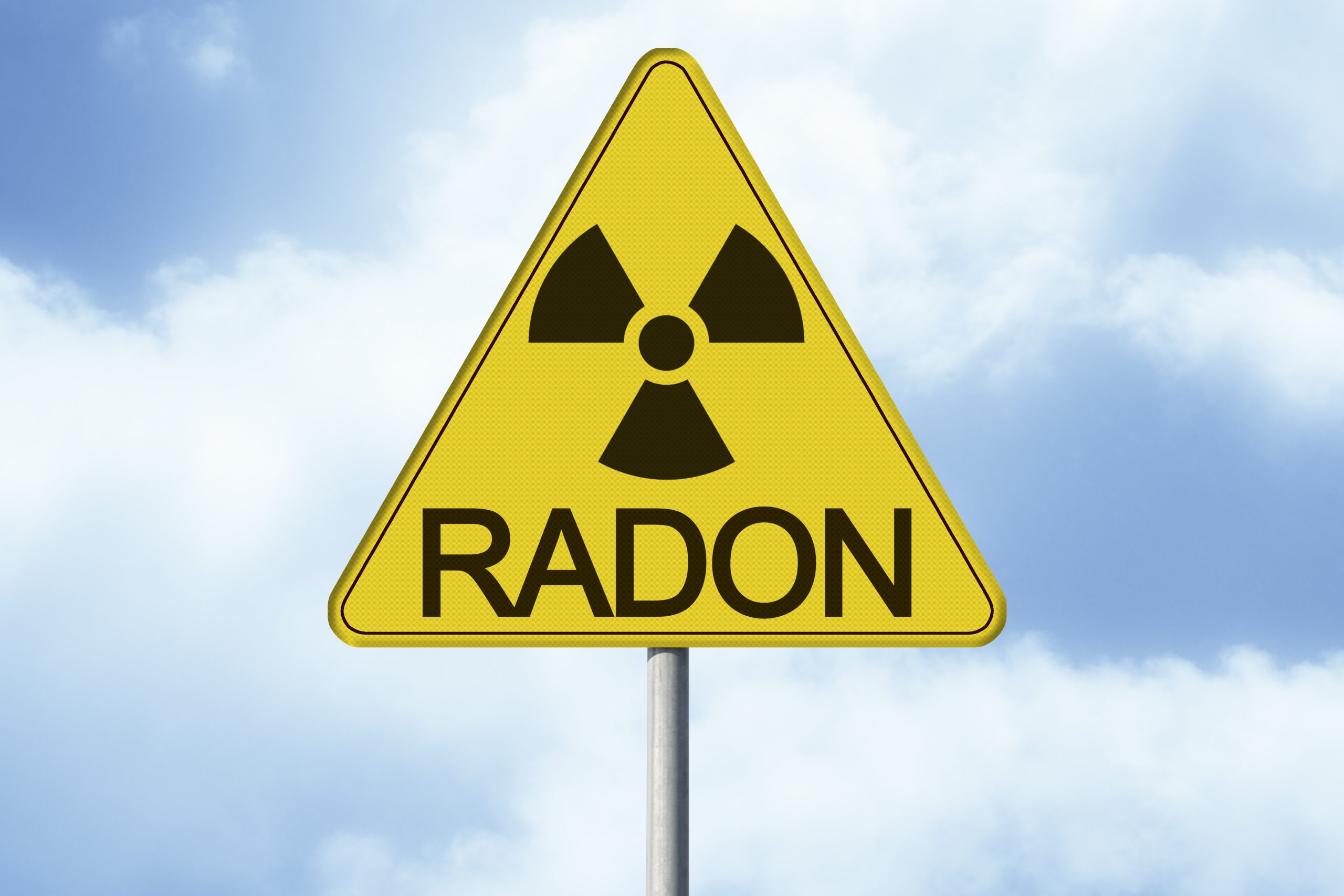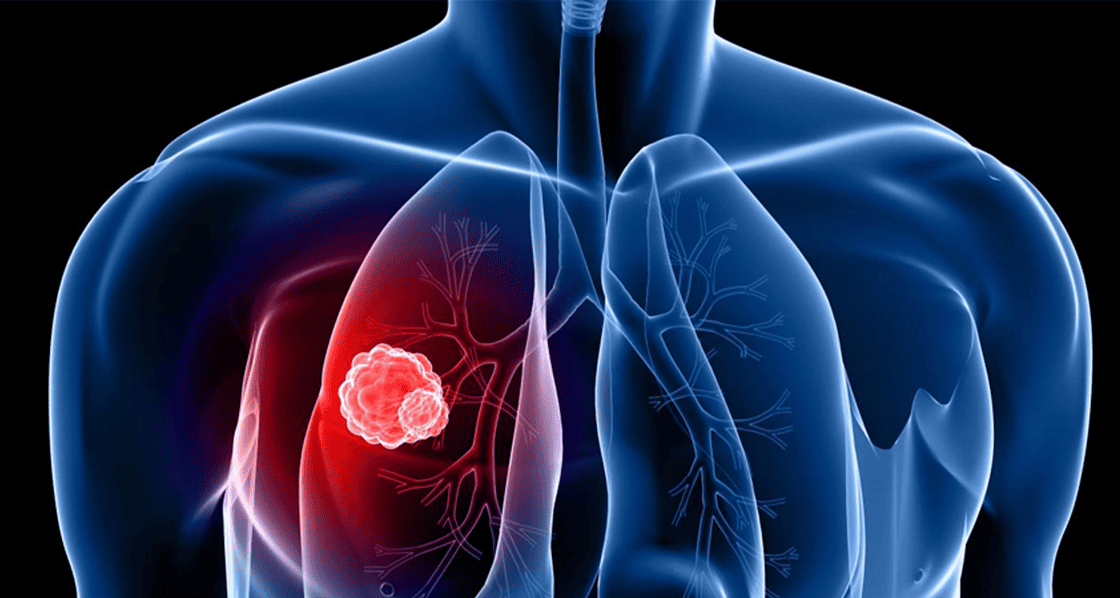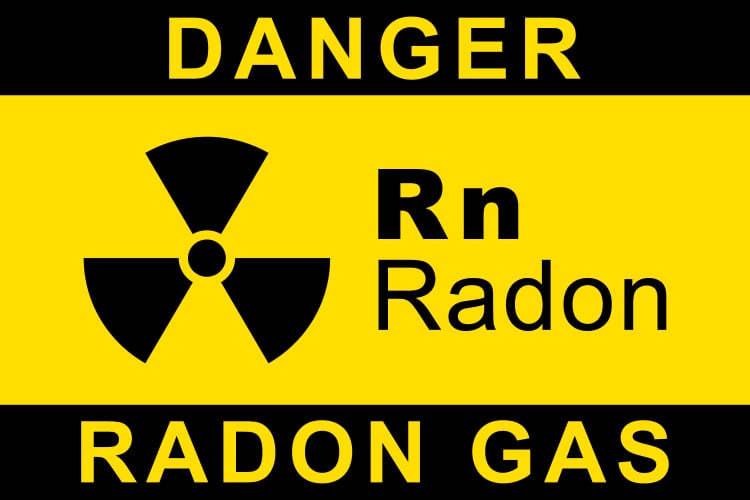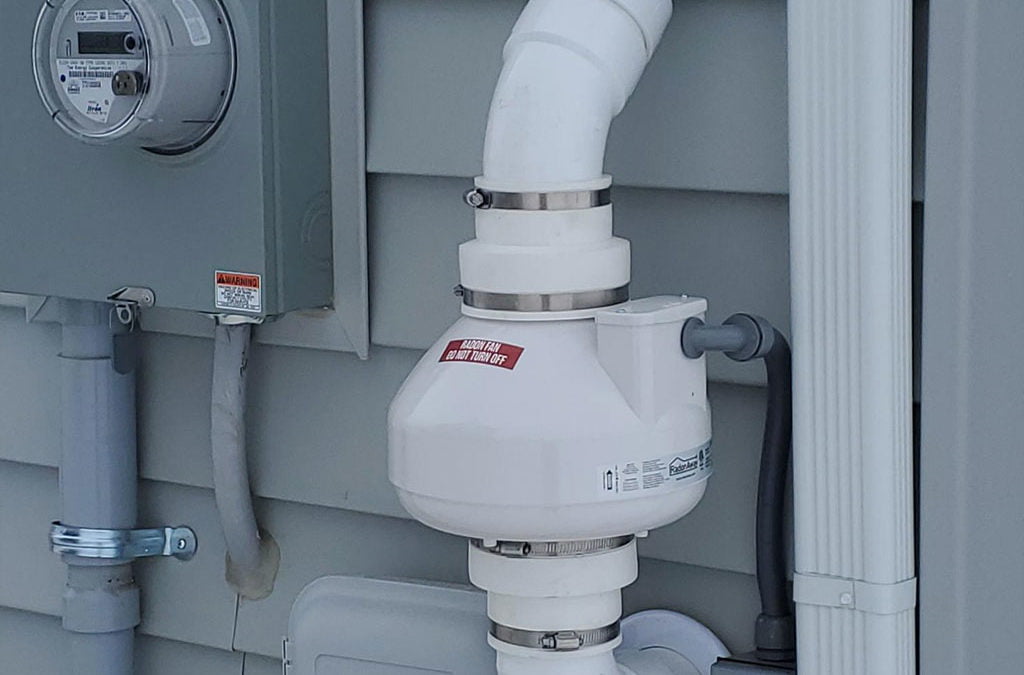Radon is a radioactive gas that has become a significant health concern in recent years. It is a colorless, odorless, and tasteless gas that can seep into homes and other buildings, posing a significant health risk, especially if people are exposed to high levels over time.
This article will explore what radon is, why it’s dangerous, and how to protect yourself from its harmful effects.
Table of Contents
What is Radon?
Radon is a radioactive gas that results from the breakdown of naturally occurring radioactive isotopes in uranium buried deep underground. Uranium is a heavy metal found in rock, soil, and water, and it decays into radium, which then decays into radon.
Radon is a gas that can move through soil and rock and enter buildings through cracks and openings in the foundation, walls, or floors.
Radon is a noble gas, which means it is chemically inert and does not react with other substances. However, it is radioactive, which means it emits radiation as it decays.
Radon is the heaviest noble gas, with an atomic number of 86, making it the densest gas at room temperature and pressure.
Why is Radon Dangerous?
Radon is dangerous because it is a radioactive gas that can accumulate in buildings, leading to high levels of exposure over time. Radon exposure can increase the risk of lung cancer, especially in smokers, where the risk is estimated to be eight to nine times higher compared with nonsmokers.
The risk is particularly high in miners, who work in confined spaces underground for long periods, leading to elevated radon levels in the mines. However, radon exposure is not limited to mining areas, and it can be found in many indoor spaces, including homes, schools, and offices.
According to the World Health Organization (WHO), radon is the second leading cause of lung cancer after smoking, and it is estimated that radon causes between 3% to 14% of all lung cancers in a country, depending on the country.
The risk of lung cancer increases with the level and duration of radon exposure. The WHO recommends that radon levels in homes and workplaces should be below 100 Bq/m3, which is the equivalent of 2.7 picocuries per liter (pCi/L).
Radon is a particular concern in homes because people spend a significant amount of time indoors, increasing their radon exposure. Radon can accumulate in homes due to poor ventilation, and it can be challenging to detect because it is colorless, odorless, and tasteless.
How to Protect Yourself from Radon
Reducing radon levels in homes and other buildings is relatively easy and cost-effective, usually involving radon mitigation systems that divert radon gas from under the basement floor to the outside, where it dissipates and is not a hazard. Here are some steps you can take to protect yourself from radon:
- Test Your Home: The first step in protecting yourself from radon is to test your home for radon. You can purchase a radon test kit from a hardware store or online. The test kit should be placed in the lowest livable level of your home, such as the basement, for at least 48 hours. The test kit will measure the level of radon in your home, and you can send it to a laboratory for analysis.
- Install a Radon Mitigation System: If the radon levels in your home are above the recommended levels, you should install a radon mitigation system. A radon mitigation system is a system that diverts radon gas from under the basement floor to the outside, where it dissipates and is not a hazard. A radon mitigation system can reduce radon levels in your home by up to 99%.
- Improve Ventilation: Improving ventilation in your home can also help reduce radon levels. You can improve ventilation by opening windows and doors, using fans, and installing a ventilation system.
- Seal Cracks and Openings: Sealing cracks and openings in your home’s foundation, walls, and floors can also help reduce radon levels. You can use caulk, foam, or other sealants to seal cracks and openings.
- Don’t Smoke: Smoking increases the risk of lung cancer, and radon exposure can further increase the risk. If you smoke, you should quit.
Conclusion
Radon is a radioactive gas that can seep into homes and other buildings, posing a significant health risk, especially if people are exposed to high levels over time. Radon exposure can increase the risk of lung cancer, especially in smokers.
Reducing radon levels in homes and other buildings is relatively easy and cost-effective, usually involving radon mitigation systems that divert radon gas from under the basement floor to the outside, where it dissipates and is not a hazard.
By testing your home for radon, installing a radon mitigation system, improving ventilation, sealing cracks and openings, and not smoking, you can protect yourself and your family from the harmful effects of radon.





